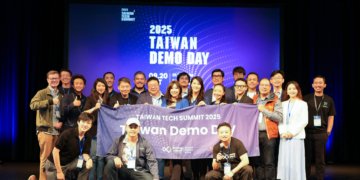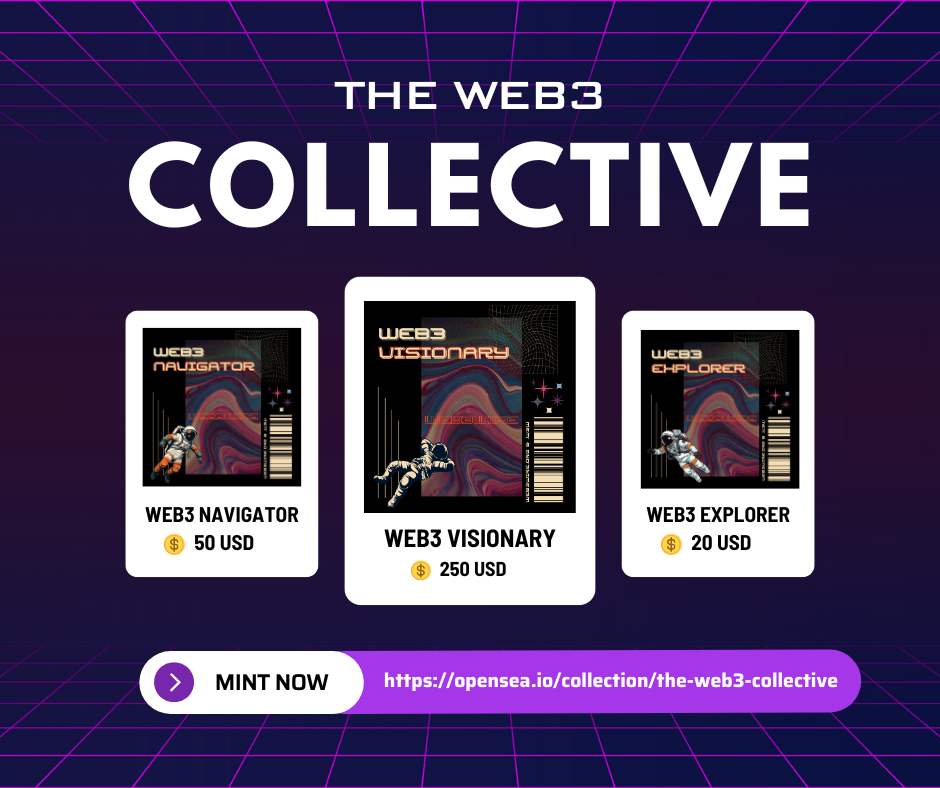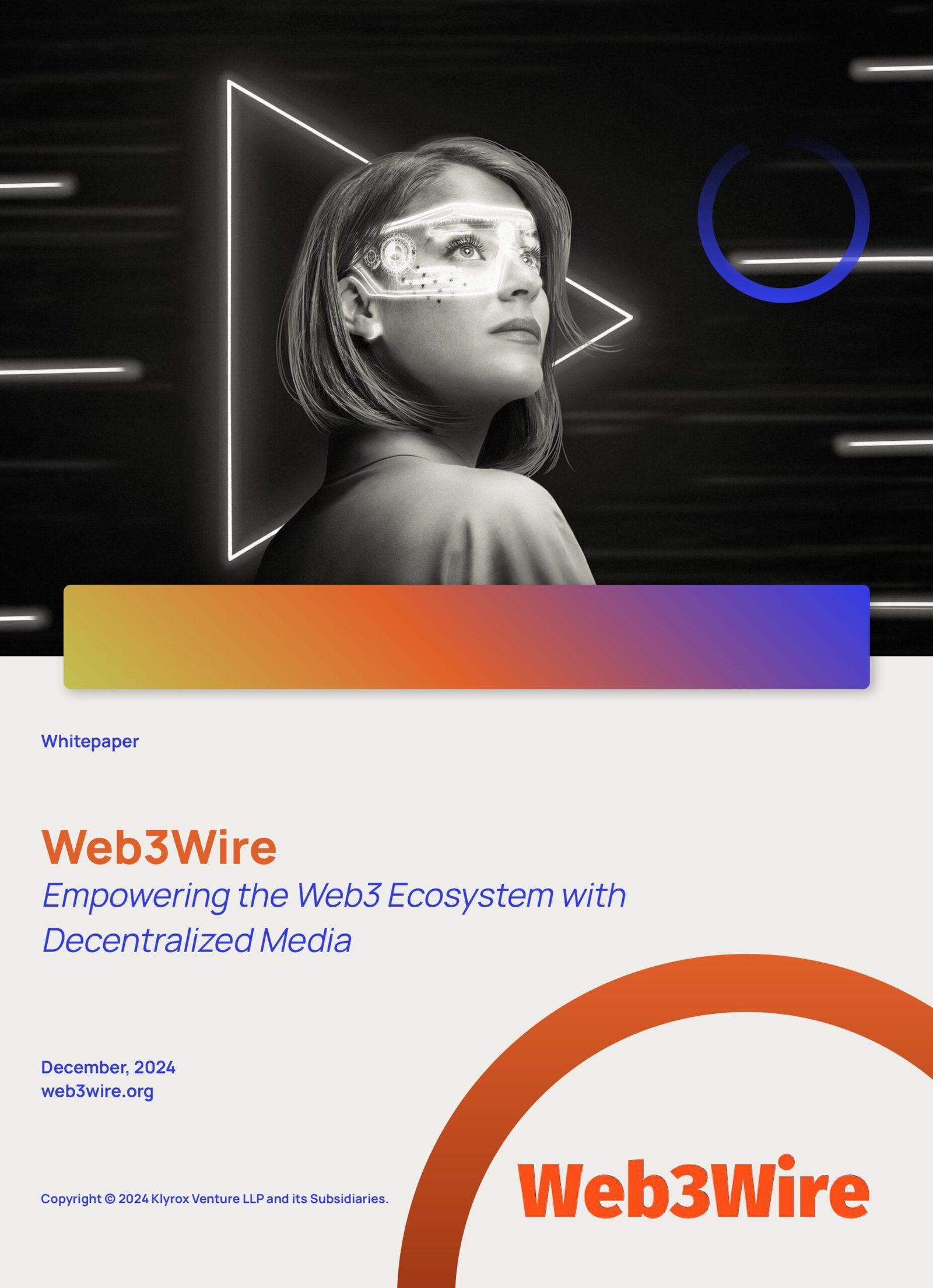Leipzig, Germany, January 10, 2025 –(PR.com)– Sciospec Scientific Instruments, a developer of Electrical Impedance Spectroscopy (EIS) and Electrical Impedance Tomography (EIT) technologies, announces the release of a new standard designed to improve data management and accelerate EIT research. This initiative, led by Dr. Andy Adler of Carleton University, builds on the widely recognized HDF5 data format, an open-source standard for handling large and complex datasets established by the HDF Group.
Electrical Impedance Tomography is an imaging technique with applications in medical diagnostics, bioanalytics, and industrial monitoring. From real-time diagnostics and biosensors to quality assurance systems, the technology addresses critical needs across various industries. A major challenge, however, lies in the efficient exchange and use of complex data, which this new standard aims to resolve.
The HDF5-based format offers key benefits for EIT researchers, including:
Scalability for Large Datasets: Facilitates handling of complex configurations and multi-stream data.
Extensibility: Adapts seamlessly to evolving research and new data requirements.
Enhanced Data Exchange: Promotes compatibility across platforms, fostering collaboration and reducing redundancies.
Streamlining Research and Collaboration
The adoption of the HDF5 format represents a step forward for the EIT community by enabling more efficient storage, sharing, and analysis of datasets. Researchers can now test algorithms, integrate reference datasets, and validate findings with greater reproducibility. According to Dr. Andy Adler, the new format simplifies collaboration, enabling the community to focus on solving real-world challenges rather than addressing data-handling complexities.
Additionally, the open-source EIT software platform, EIDORS, now supports the HDF5 format, providing researchers with an accessible and standardized tool for data analysis.
Bridging Research and Applications
The implementation of this standard facilitates faster progress in bringing EIT technologies into practical use. Notable areas of impact include:
Portable and affordable diagnostic tools for emergency care.
Non-invasive monitoring devices for applications such as lung function and brain activity.
Biosensors for pharmaceutical and healthcare bioanalytics.
Systems for industrial safety and non-destructive testing.
“This standard lays the groundwork for accelerating innovation in EIT and enabling its transition from research to application,” said Martin Bulst, Sciospec.
The format, introduced at the EIT 2023 conference in Aachen, Germany, has been integrated into Sciospec’s EIT-enabled products and the latest EIDORS software release. These resources are now available to the research community.
For more information, visit Sciospec – impedance tomography or the EIDORS website.
Contact: Martin Bulst (m.bulst@sciospec.com)















